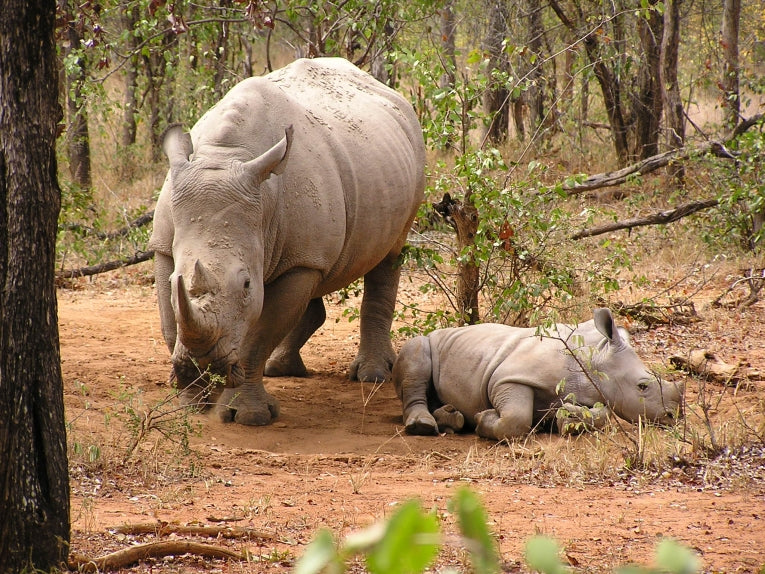The President of Indonesia has declared this year to be the International Year of the Rhino. The move comes after growing worries about the world's rarest species of rhino, including Javan and Sumatran Rhinos that have been brought to the brink of extinction by hunting.
It was announced by Indonesian President Susilo Bambang Yudhoyono on 5 June after a request from IUCN (International Union for Conservation of Nature) and other conservation groups.
Zulkifli Hasan, Indonesia's Minister of Forestry, says, "One of the programs of the Ministry of Forestry is the protection of endangered animals, such as rhinos, tigers, elephants and orangutans.
"Among those, the rhinos are closest to extinction. For this reason they need special attention from all of us. In this context, we are inviting and encouraging all stakeholders and world organizations to join the effort to save the rhinos."
The Indonesian government also pledged to set up a rhino task force made up of national and international experts, provide resources to ensure the safety of the rhinos and monitor the populations in the country.
Over the last 20 years, two subspecies in other countries have become extinct - the Indochinese Javan Rhinoceros, Rhinoceros sondaicus annamiticus, in Vietnam and the Western Black Rhinoceros, Diceros bicornis longipes, in Cameroon.
Two more critically endangered species, the Northern White Rhino, Ceratotherium simum cottoni, and the mainland population of the Sumatran Rhinoceros, Dicerorhinus sumatrensis lasiotus, which are both on The IUCN Red List of Threatened Species, are getting closer to extinction due to hunting and demand for rhino horn.
One of the aims of the International Year of the Rhino is that all states in Africa and Asia the rhinos will also make moves to protect them.

Sumatran Rhinoceros (Dicerorhinus sumatrensis); Photo Credit: © Yayasan Badak Indonesia (YABI) - Dedi Candra
It is also hoped that moves can be made to control illegal rhino hunting by ensuring effective deterrents are carried through. Other aims include encouraging ways of quickly increasing rhino numbers.
In Indonesia, isolated single rhinos will be moved protected areas and improvement made to rhino habitats by destroying invasive plants and adding new water supplies.
Dr. John Robinson, The Wildlife Conservation Society's Executive Vice President of Conservation and Science says he future of rhinos depends on immediate action being taken. Full protection of remaining all rhino species in the wild is vital and selling of horns must be stopped.
John E. Scanlon, Secretary-General of CITES, says it welcomes the announcement because strong, clear political messages are needed to fight the illegal killing and rhino trade.
CITES hopes the move will lead to additional high-level political backing and will be equally as successful as other campaigns that have helped save the Southern White Rhinoceros, Ceratotherium simum simum, Black Rhinoceros, Diceros bicorni, and Indian Rhinoceros, Rhinoceros unicornis, from near extinction.
The IUCN World Conservation Congress, taking place in Jeju, in Republic of Korea, from 6-15 September 2012, will debate the actions required to ensure the safety of the world's five rarest rhinos.
Chair of the IUCN SSC Asian Rhino Specialist Group, Dr Bibhab Kumar Talukdar, says with less than 50 Javan rhinos and 200 Sumatran rhinos left, any loss would affect our cultural heritage and the earth's biodiversity.
IUCN Southeast Asia Group says the conservation moves will also help secure the job of other species who live with the rhinos in the forest and people who work to support the forest ecosystems.
Yolan Friedmann, CEO, Endangered Wildlife Trust, says wildlife trade is believed to be the third largest illegal trade, after drugs and human trafficking. It often goes across borders and needs a multi-faceted approach from many organisations working together.
Dr. Susie Ellis, Executive Director, International Rhino Foundation says Sumatran and Javan rhinos are one of the most endangered species on earth.















